Specs and details
This year is packed with technological innovations and laptops are an area where it’s all happening. In addition, Intel is under a lot of pressure, which was reflected in the relatively fast release of the new gen of Tiger Lake processors, and the first novelty from Asus has already reached our editorial office. What is the new ZenBook Flip S like and is the 11th gen of Intel Core even sensible compared to the 10th gen in the recently tested ZenBook 14?
Specs
| Parameters | Asus ZenBook Flip S UX371 | |
| Dimensions | 319 × 208 × 13,9 mm | |
| Weight | 1212 g | |
| Display | 13,3", 16:9 4K 3840 × 2160 px, OLED, 60 Hz, glossy, 400 nit, 80 % BTS | |
| Procesor | Intel Core i7-1165G7, 4C/8T, 15W, 10nm | |
| Graphics card | Intel Iris Xe | |
| Memory | 16 GB LPDDR4X (4266 MHz) | |
| Storage | 1 TB SSD PCIe 3.0 x4 NVMe (Intel SSD 660p SSDPEKNW512G8) | |
| Ports | 2× 40 Gb USB-C Thunderbolt 4 (charging and DisplayPort), 1×5 Gb USB 3.2 Gen 1 typ A, 1× HDMI 2.0 | |
| Battery size | 67 Wh | |
| Camera resolution | 720p 3D IR Windows Hello | |
| Speakers | stereo Harman Kardon | |
| Approximate price | 47 990 Kč/1799 € |
Details
The inner part of the package includes a box with a typical circular ZenBook design in gold.
We received a pre-production sample, so we do not have an EU charger. Similar to the ZenBook 14, the package also includes an adapter for audio jack, which the notebook is no longer equipped with.
The new Flip returns to the ZenBook design we’ve already seen. The gray body with gold accents looks premium and stylish. The build quality is first-class, the diamond-cut edges shine nicely in the light. There is also a pattern of concentric circles on the display lid, which is very typical for ZenBooks. The compact dimensions are underlined by the weight of just over 1.2 kg, making the laptop very compact and easily portable. Perhaps the only disadvantage of the dark body is the proneness to fingerprints.
The Flip S UX371 is a premium device with the latest insides. That includes the 11th generation Intel Tiger Lake processors, in this case the Core i7-1165G7. It is the successor to the Ice Lake version of the i7-1065G7 with one big change. That is the new Intel Xe graphics, which should offer significantly higher performance. Of course, we will check this in our tests. In addition to the new processor, the tested piece also boasts 16 GB of RAM and 1 TB of SSD. Unfortunately, you will not find an AMD version of the Flip S on the menu. Lower configurations offer 512 GB SSD, 8 GB RAM and Core i5-1135G7. Prices range from 1469–1799 euros/38,990–47,990 CZK.
Interestingly, the Flip S is one of the first Intel Evo certified laptops. This means that it must meet Intel’s strict requirements in order to bear this logo. These include the use of an 11th generation processor, 8 GB of RAM or more, fast wake-up from sleep in less than 1 second, long battery life, fast USB-C charging, the presence of WiFi 6, TB4, LTE and biometric security. There are several similar requirements, and Intel is trying to create a kind of elite category of laptops with Windows, in which the user will be guaranteed the best experience and the latest technologies. This Flip S fully meets this.
Although the Filp S is only 14 mm thin, the port selection did not suffer in any way. Like the ZenBook 14, we can find HDMI and USB type A, which is a rarity rather than the rule, especially for such thin devices. Of course, there is also a pair of USB-C ports, but this time with the support of the latest Thunderbolt 4. What we lost compared to the ZenBook 14 is a microSD card reader, which is a shame. It was replaced by the power button. I could also complain about using HDMI 1.4, although the processor already supports HDMI 2.0. Therefore you will not display 4K resolution at 60 Hz.
As already mentioned, the package includes an adapter from USB-C to a 3.5 mm audio jack, for which there’s no space left in the body.
At the front edge, you can see a notch at the bottom of the base, but the display cover does not protrude over this notch. Nevertheless, I had no difficulty opening the lid with my thumb and using only one hand. The rear contains all the ventilation and cooling system holes.
The top view shows us the lid with the golden Asus logo and the circular design. The lower part has four rubber feet and a ventilation grille at the top middle. It is not significant though.
After removing the bottom cover, you will get to the components. You need a T5 screwdriver to remove it.
The layout is not surprising, the deep blue motherboard is interesting, similar to that in the ZenBook 14. The whole lower part is occupied by a large battery and under it we can see the speakers.
Cooling is provided by a large heatpipe running from the processor to the heatsink, through which the fan blows air. We will look at the efficiency of this cooling later in the tests.
The tested configuration has the 11th generation Intel processor, namely the Tiger Lake Core i7-1165G7. The insides are complemented by 16 GB LPDDR4X 4266 MHz RAM and 1 TB SSD. In this series, you can also reach for a lower model with i5-1135G7, 8 GB RAM and 256–512 GB SSD. You won’t find dedicated graphics or AMD processors in the new Flip S. The 11th generation Intel brings a novelty in the form of integrated Iris Xe GPU, with which Intel promises significantly higher performance compared to the 10th generation and at the same time dares to compete with Vega graphics in AMD Renoir. This comparison is going to be really interesting and we will look at it in a moment.
Only the SSD is replaceable, RAM and WiFi are part of the motherboard. Therefore, consider the choice of configuration according to your needs. Personally, I would appreciate it if we took it a step higher and 16 GB of RAM would become the standard, with the possibility of expanding to 32 GB. For example, in the XPS 13, Dell also offers a 32 GB configuration, which I personally would certainly reach for rather than 16 GB.
The biggest difference compared to the ZenBook 14 is, of course, the convertible design, or the 2-in-1 concept. The display rotates 360 degrees and you can turn the notebook into tent or tablet mode. The traditional ErgoLift has been preserved, which slightly raises the keyboard for more comfortable typing. You can see what the novelty in tent and tablet modes looks like in the pictures below.
The keyboard offers basically identical layout to the ZenBook 14. I like that the keyboard takes up the entire width of the base and the key response is also very good. But I would be pleased with the two-line (ISO) Enter or different location of the Home, End, PgUp and PgDn buttons, which you need to get used to, as they are located on the far right. However, unlike the ZenBook 14, you can’t go wrong and press the power button instead of Delete. This is not on the keyboard this time, as it has been moved to the right side next to the USB port.
I praise the relatively large touchpad with a pleasant glass surface and an integrated touchpad. We saw the same with ZenBook 14.
Although you won’t find a fingerprint reader here, you won’t lose biometric security. Similar to the ZenBook 14, there is a 3D IR camera with Windows Hello support, too. After capturing and saving the face, just open the notebook and it will be unlocked immediately. Personally, I think it’s even faster and more convenient than a fingerprint reader. The webcam has a resolution of 720p, no surprises here.
The ZenBook 14 impressed me with its battery life and the Flip S has a chance to reach an equally good result. This is due to the same 67 Wh battery. We will see whether the display in this case will not have a greater appetite for power than it should.
In addition to the fact that we do not have the EU version of the charger in our test package, it is practically the same 65 W model with a USB-C connector, as we saw with the ZenBook 14. There is also fast charging and you’ll get 73% of the battery in an hour. The full charge takes a little over 2 hours.
A large battery and a new generation of processors are prerequisites for a very good battery life. However, it is also necessary to take the display into account, which with 4K resolution and OLED technology will certainly have higher power draw than other more traditional models. In our demanding YouTube test, the Flip S achieved a very good value of 7 hours and 5 minutes. It loses two and a quarter hours on the ZenBook 14, which is not a small amount, but given the fundamental difference in technology and resolution of the display, this is no surprise.
Let’s look at the test results.
- Contents
- Specs and details
- Testing methodology
- Display tests
- Rendering and Geekbench
- 3D/PCMark and Unigine Heaven/Superposition
- Gaming tests – integrated graphics
- Encryption, encoding
- Memory and storage tests
- Heating and battery life
- Clock, power draw and temperature analysis
- Utility app
- Rating





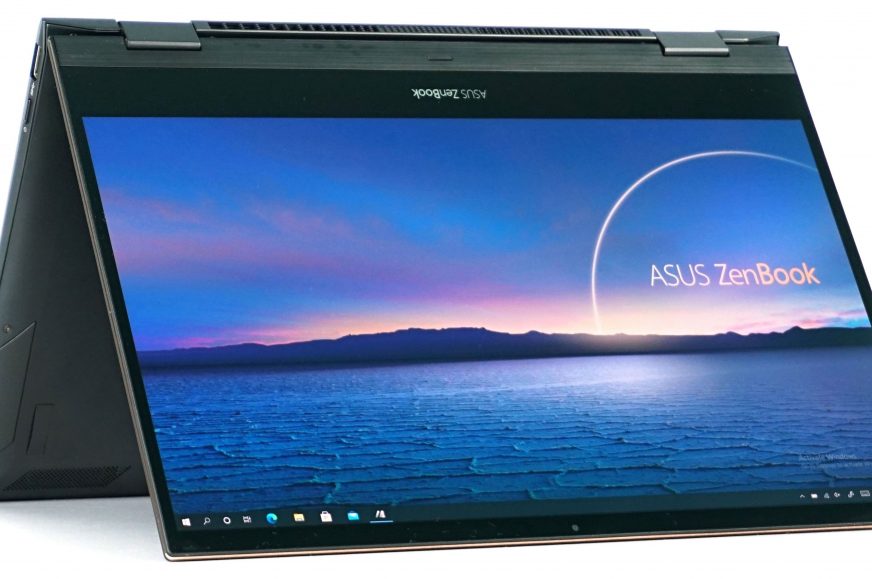
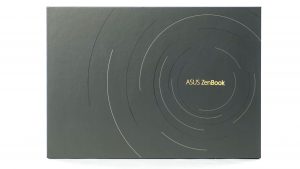
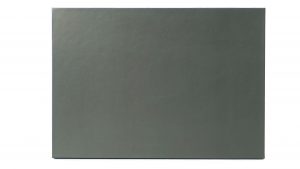
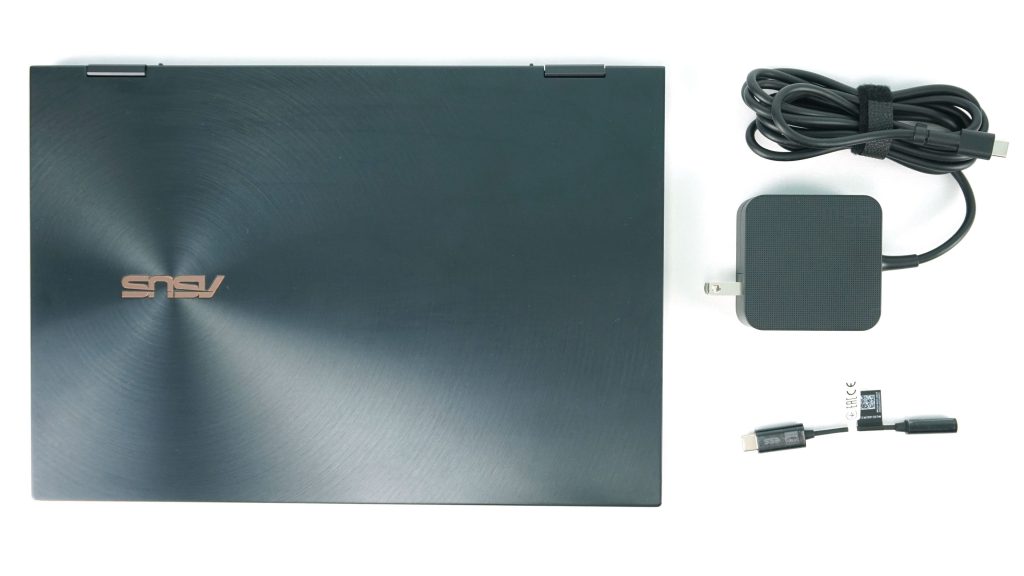
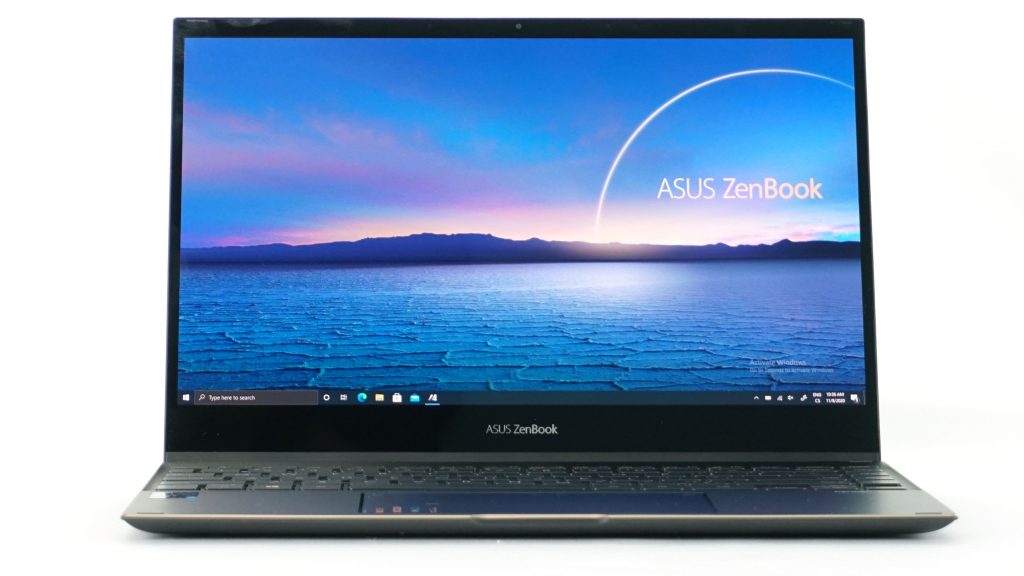
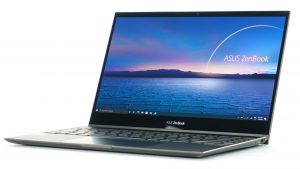
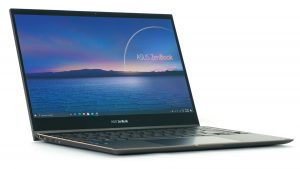
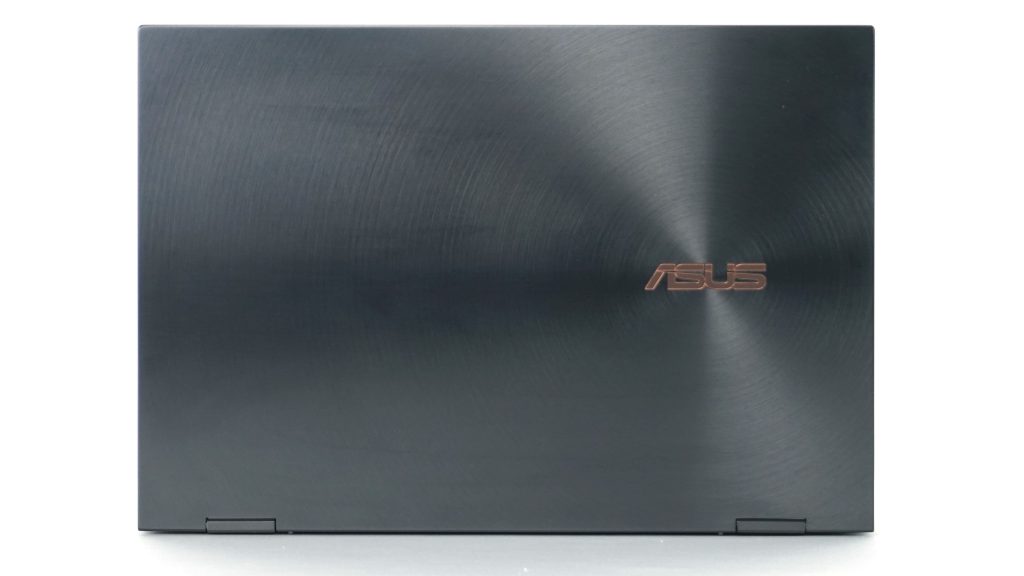
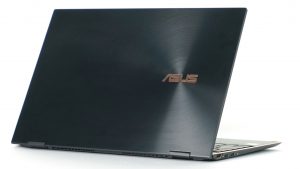
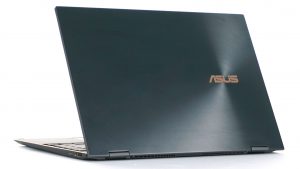
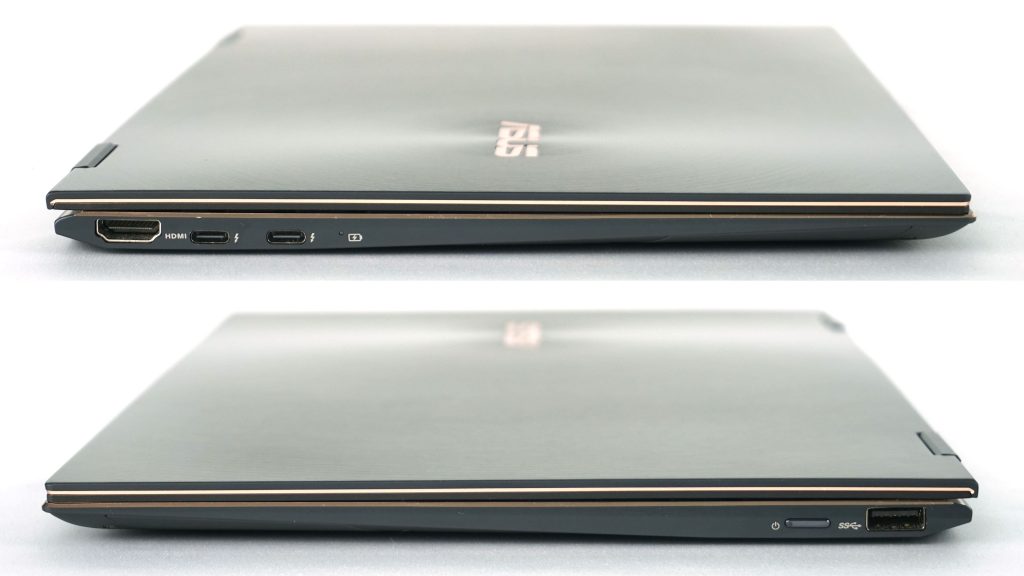
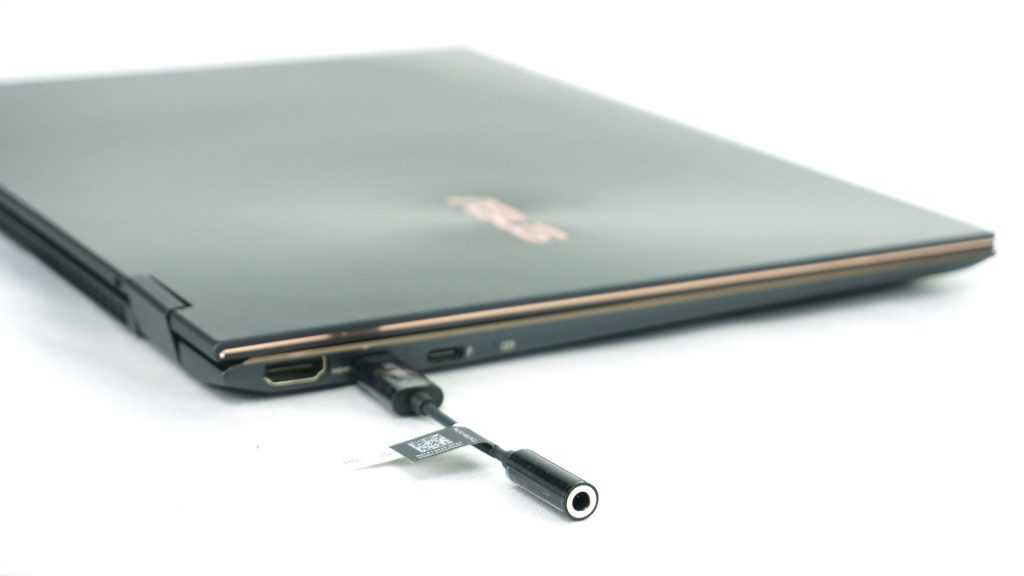
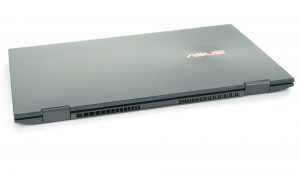
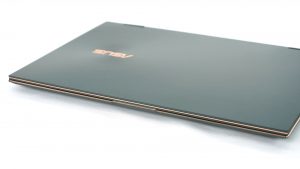
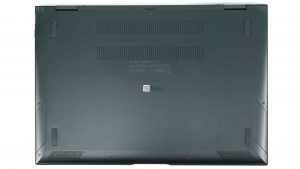
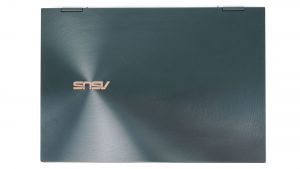
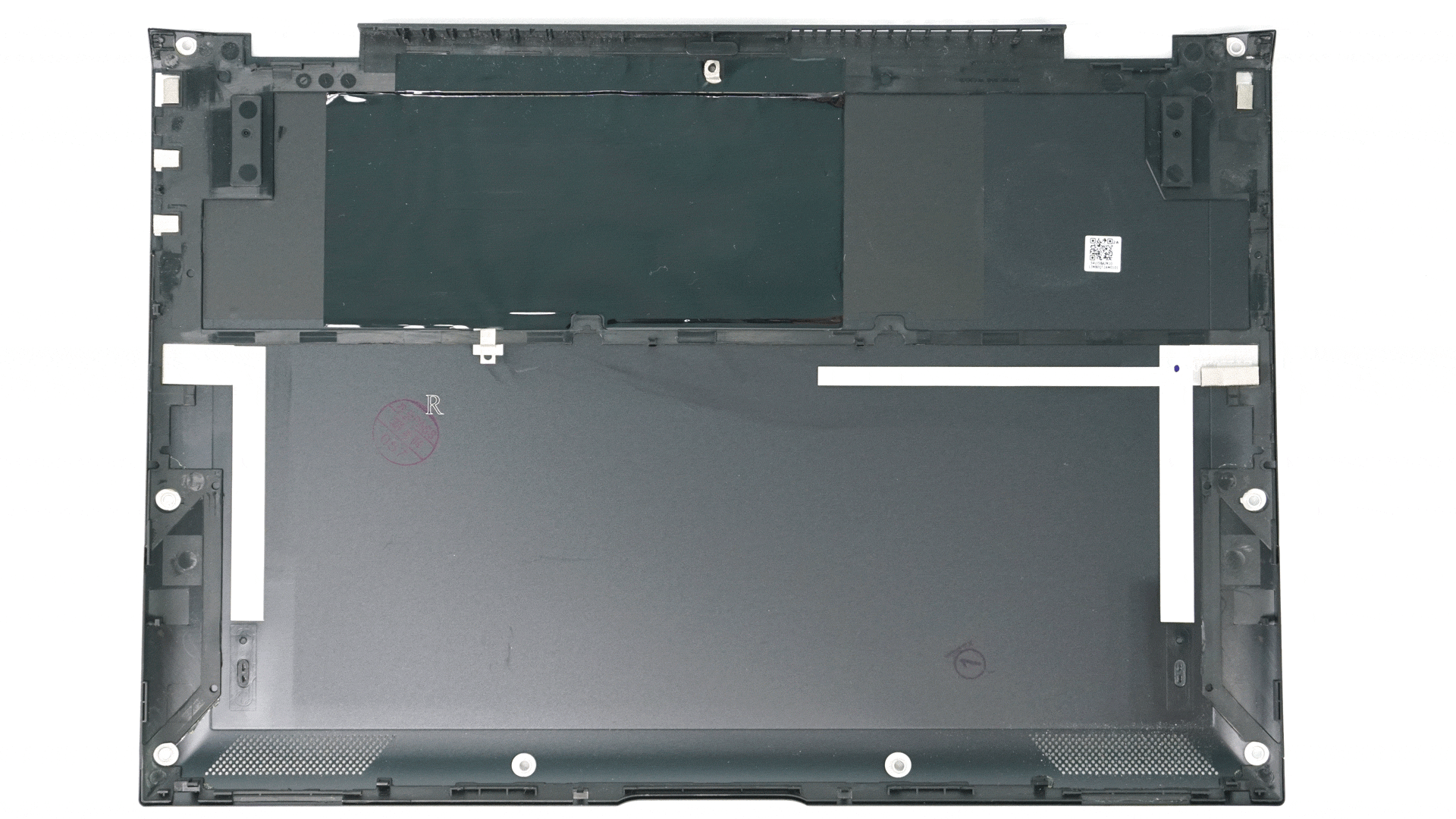
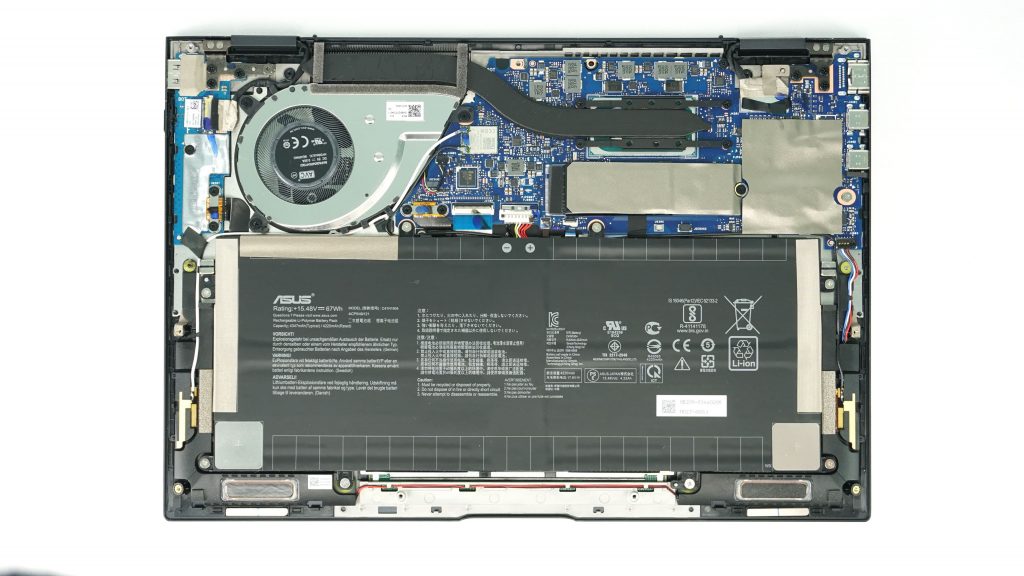
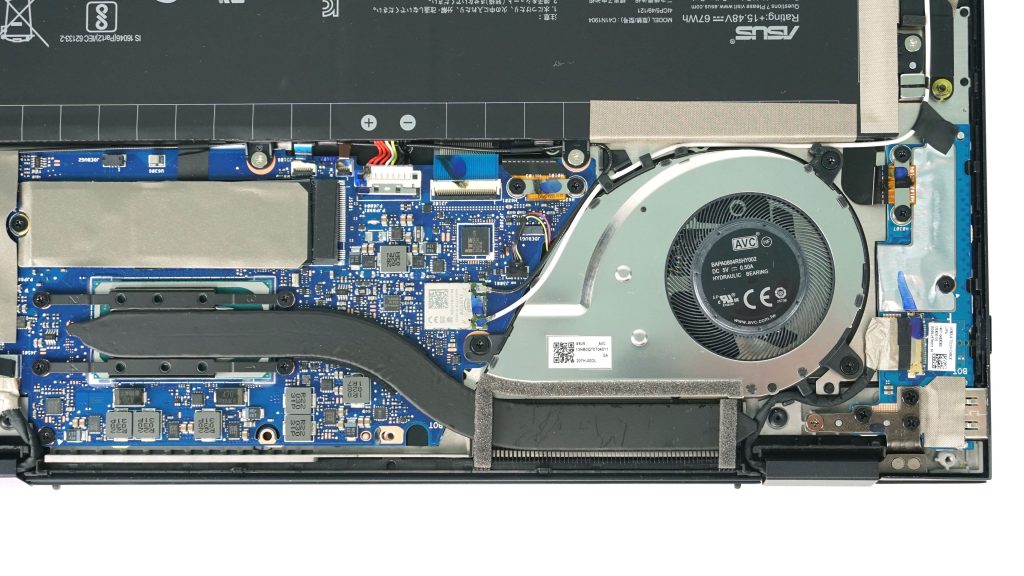
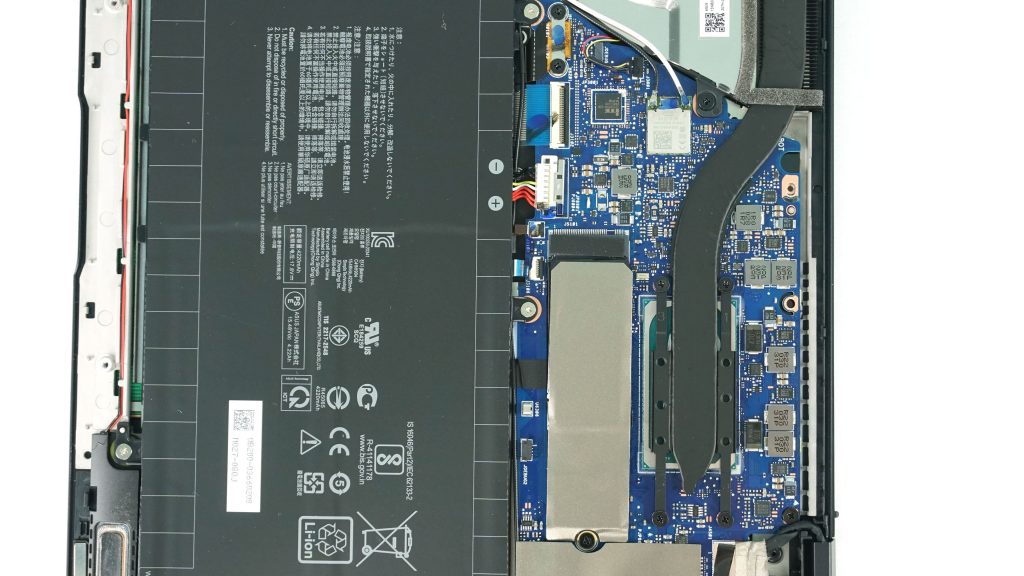
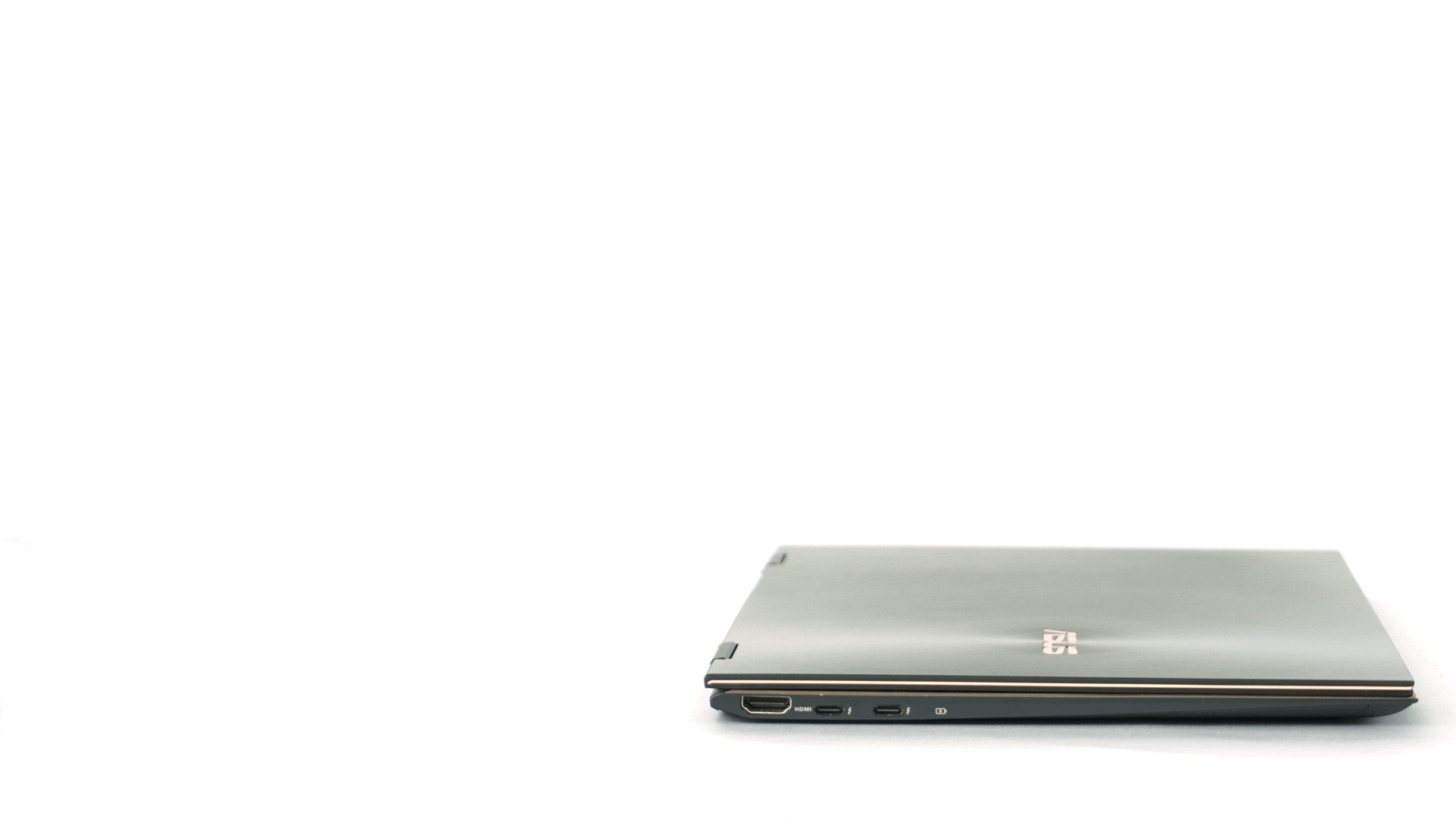
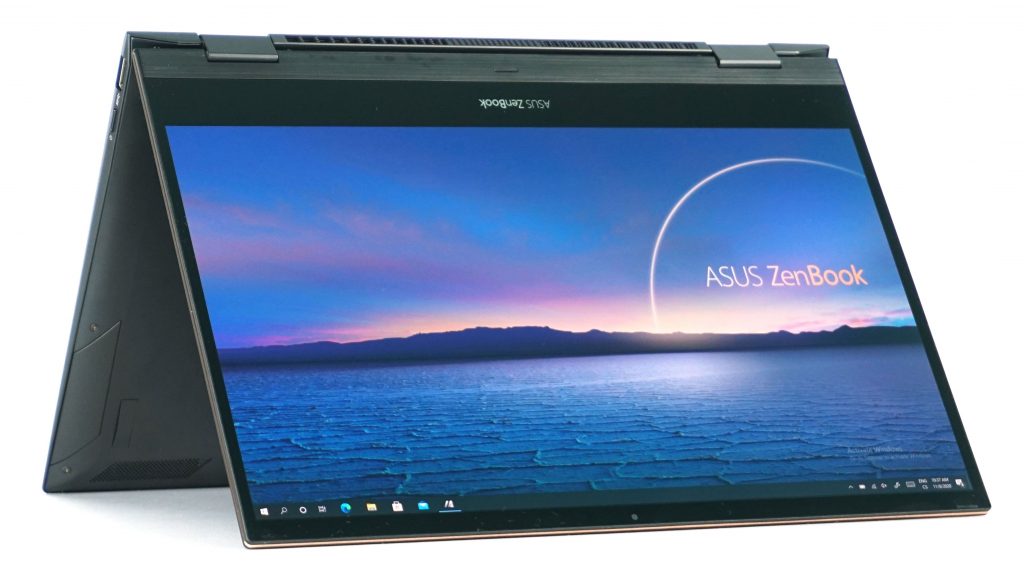
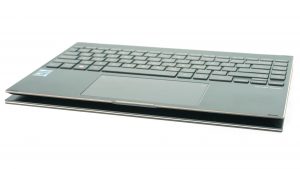
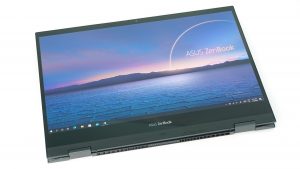
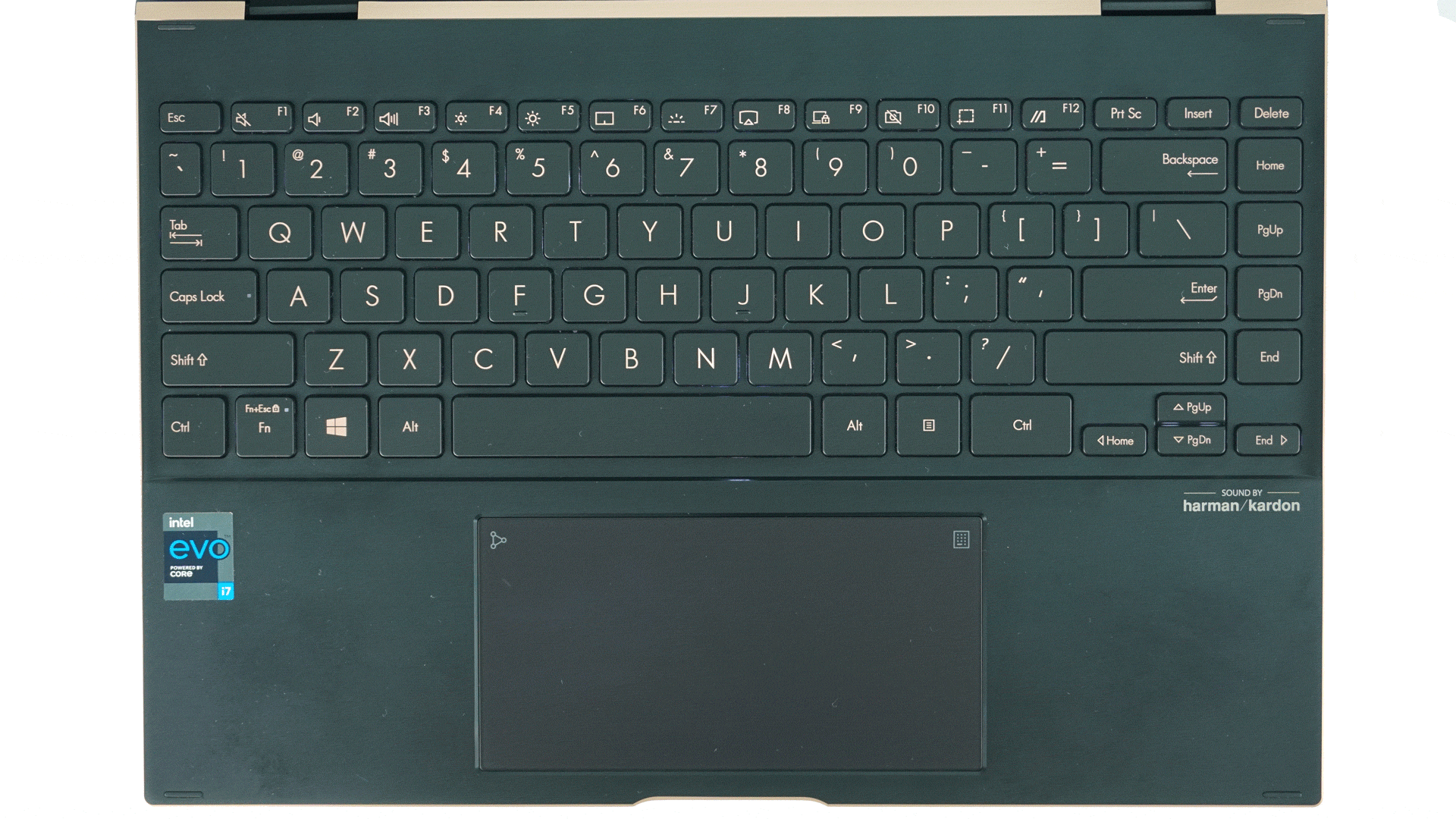
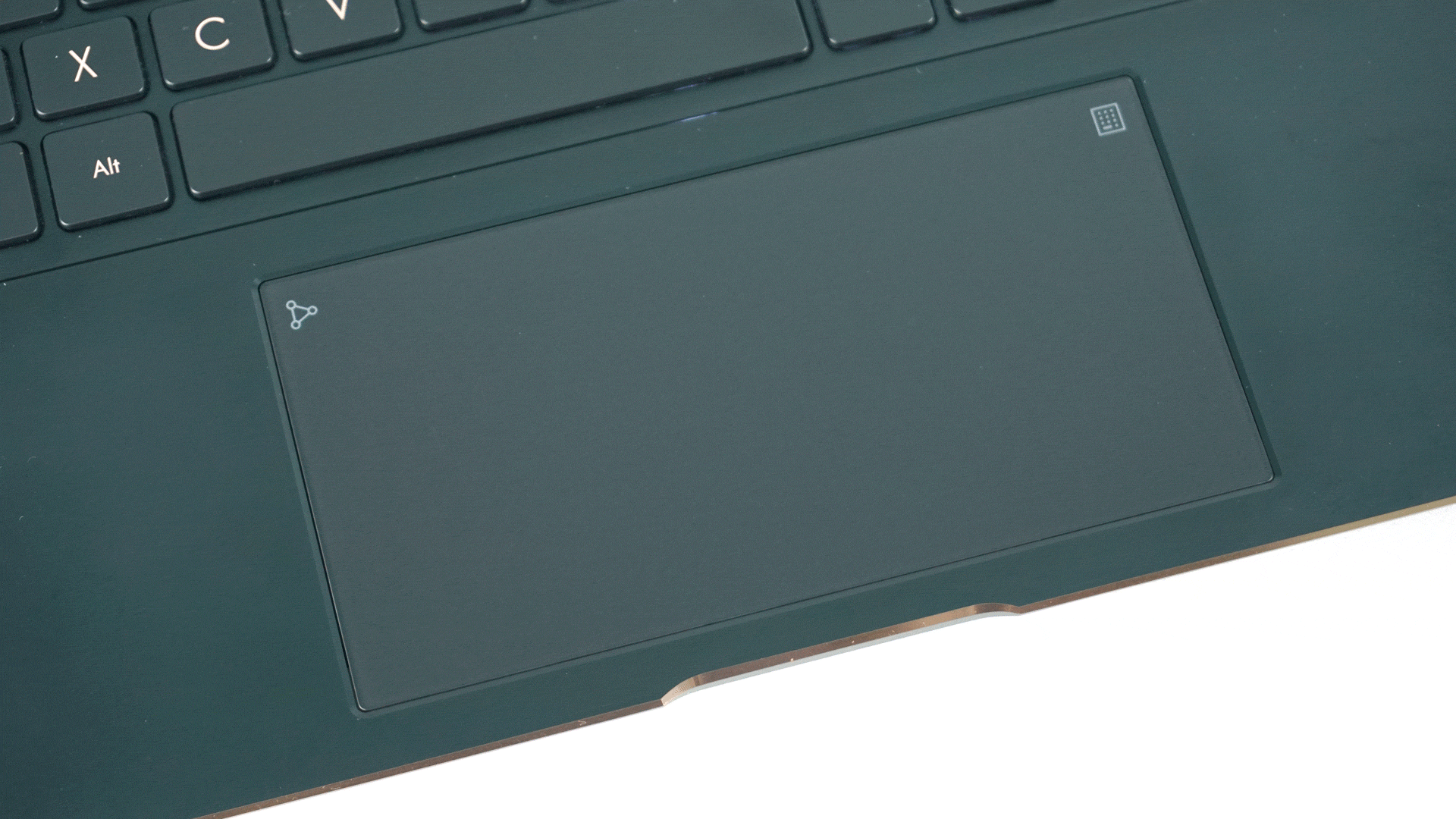
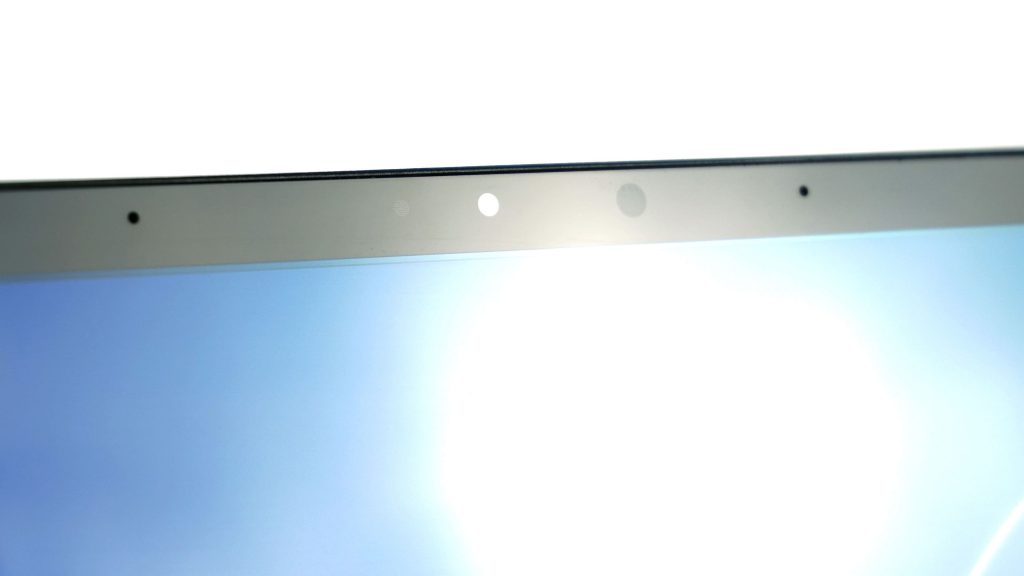
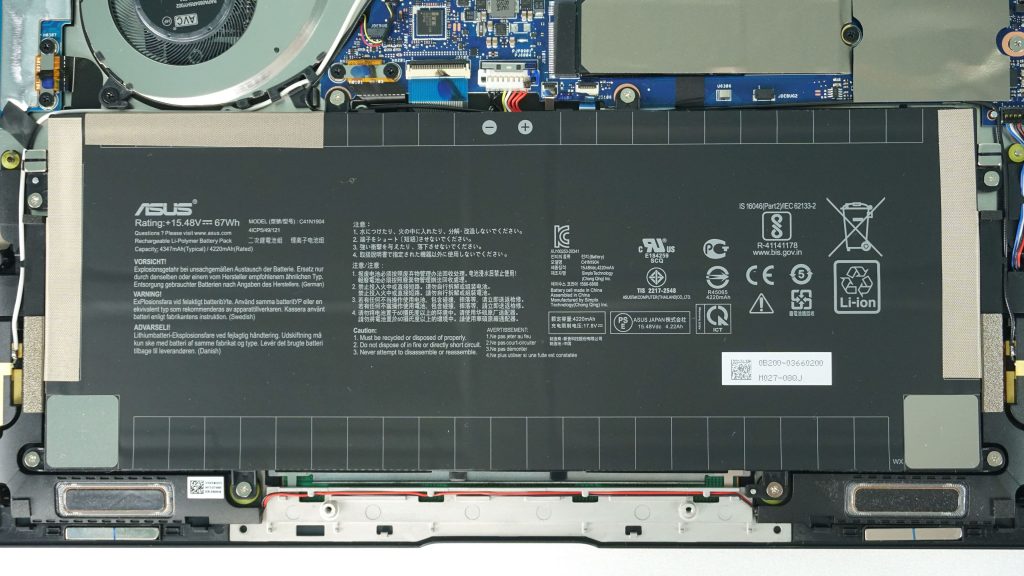
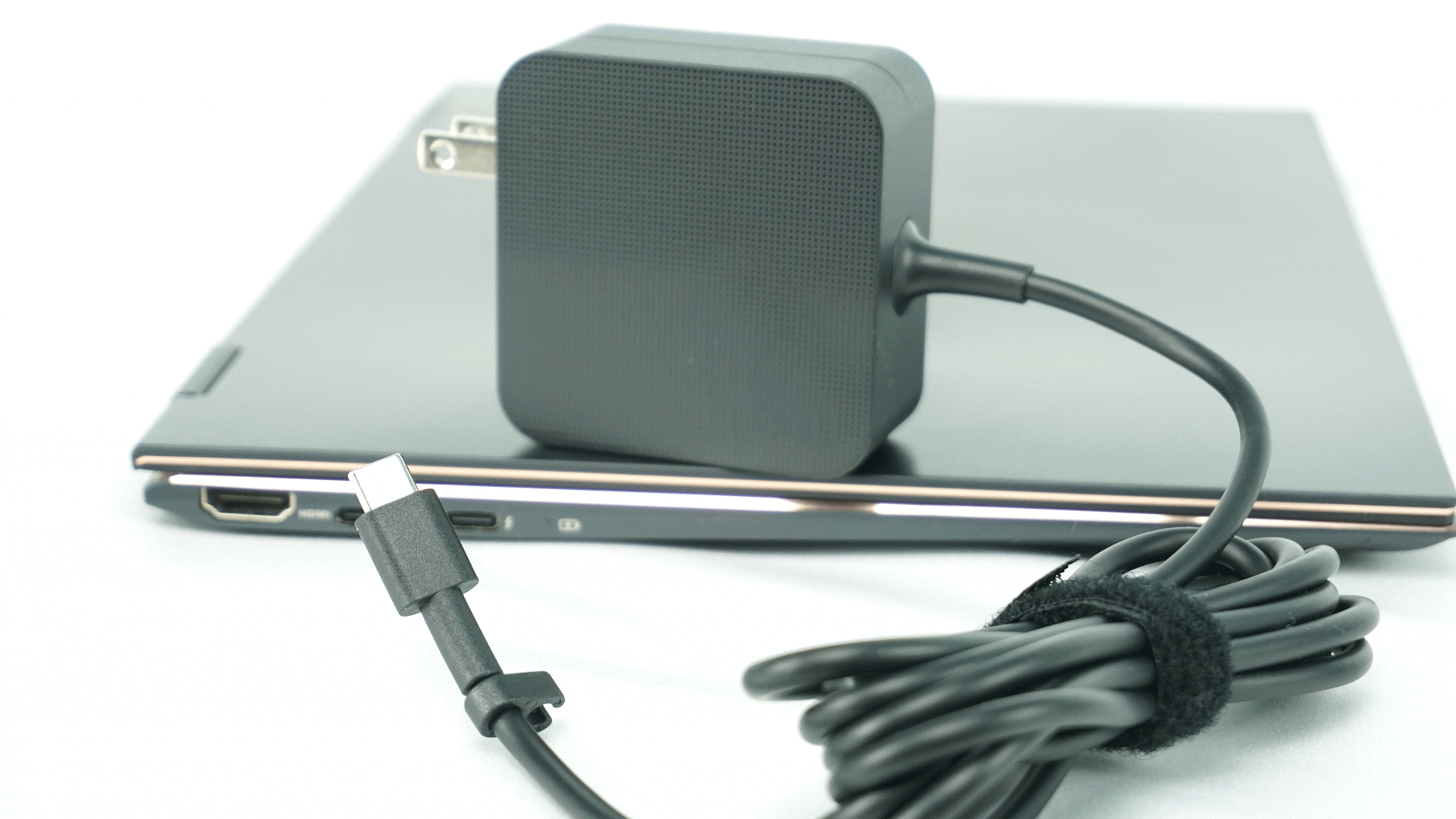






very clear and good article easy to understand. Thank you